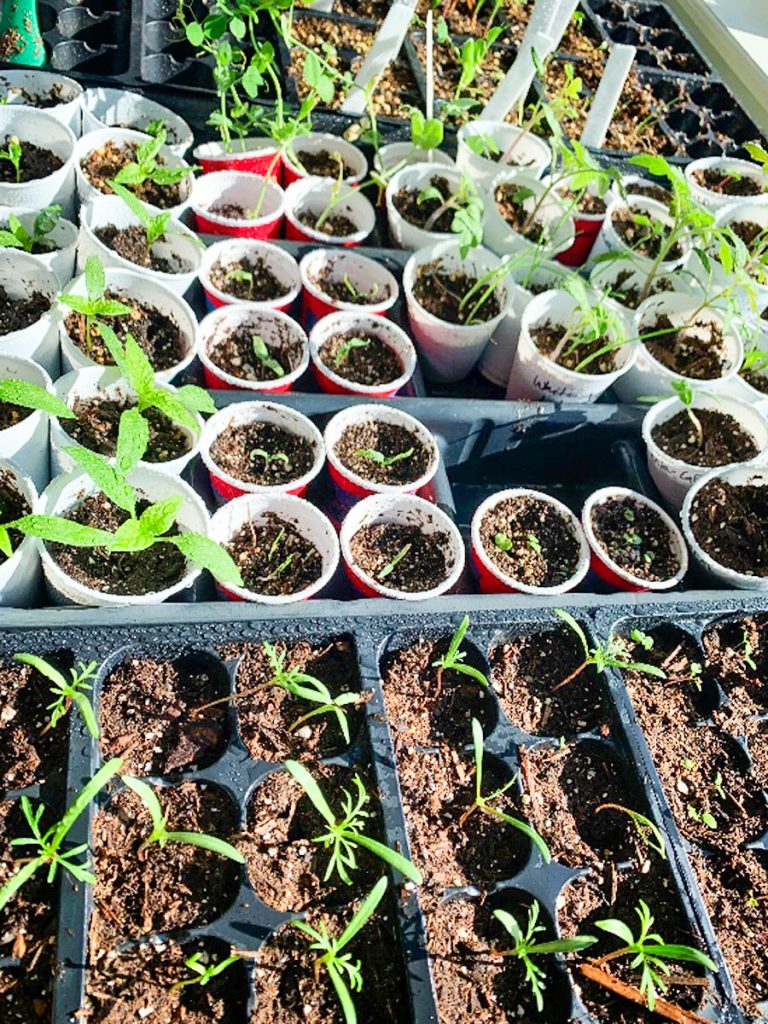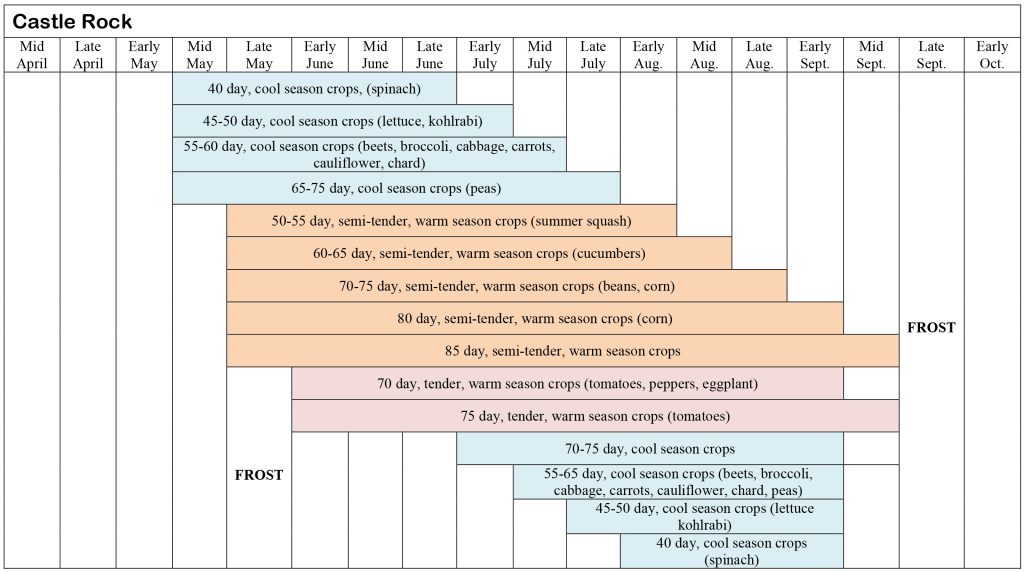Colorado living: Spring planting

Almost any container with drainage holes in the bottom will work for starting seeds indoors. For convenience, you might wish to start plants in the plastic trays or pots that are available from garden supply centers.
Colorado offers many challenges for gardening: high elevation, often intense sunlight, generally low humidity, rapid and extreme weather changes, and frequently poor soil conditions. While Castle Pines sits at an average elevation of 6,352 feet, slightly lower than the state average, it still experiences those same challenges. Varying dates for the last killing frost and a shortened growing season add further complications.
March is still too early to plant anything in the garden, but Extension Master Gardeners of Douglas County advise starting plants from seed ahead of time to give them an early start and protect them from unforeseen weather conditions. These seeds may be both flowers and vegetables, annuals (plants that grow and bloom for one season) and perennials (plants that return each year). The benefits of starting seeds early for the garden include cost effectiveness, more choice in varieties and control of seedling growth. It is also an effective way to work around Colorado’s relatively short growing season.
Seeds can be started indoors near a sunny window, or in a cold frame (a small structure with a transparent roof, similar to a greenhouse) that is located on the south side of a garage or dwelling. Start seeds in a cold frame as much as six weeks––and indoors four to eight weeks––before the area’s plant-out date, which is the date in the spring after which the danger of frost has passed. Along the Front Range, that date generally falls between May 10 and May 15, hence the often-heard advice that one should wait until after Mother’s Day to put anything in the ground.
You do not want to start plants too soon; they can become overcrowded and spindly before they can be safely planted in the garden. To avoid shock, plants grown early in a cold frame or indoors should be gradually exposed to the outdoors before planting in the garden.
For more information, including specific information about various plants, visit extension.colostate.edu, click on “Topics” and choose “Yard and Garden” from the list; visit cmg.extension.colostate.edu, hover over “Green School,” click on “Garden Notes” from the list and see the topics under “Direct Links to Gardening Information;” visit planttalk.colostate.edu; or contact Douglas County Master Gardeners at dcmgardenr@gmail.com.

The typical planting and harvest period for the Castle Pines area runs from roughly mid-May into September, varying for different plants (based on average frost dates and normal temperatures observed from 1967 to 1997).
By Susan Helton; images courtesy of Colorado State University Extension